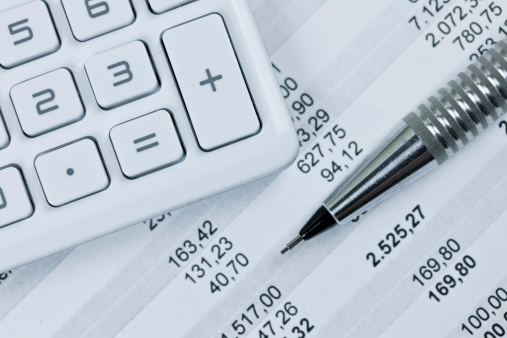Collecting trade debts
 Negeen Arasteh, Of Funding Circle, offers practical advice on how to act reasonably
yet assertively.
Negeen Arasteh, Of Funding Circle, offers practical advice on how to act reasonably
yet assertively.
‘If I owe you a pound, I have a problem; but if I owe you a million, the problem is yours.’ John Maynard Keynes
Collecting trade debts can be an awkward and unpleasant experience for small businesses, but it doesn’t have to be.
If you have communicated your approach early, are aware of the tools available, and have carried out a cost-benefit analysis of pursuing the debt, then you can confidently find the right strategy for your commercial relationship with the trade debtor.
All businesses will experience some trade debt. The total trade debt of the UK exceeds £6 trillion, and is estimated at over £1.3m for the average SME. Carrying a large amount of trade debt increases the risk of a domino effect when insolvency hits trade debtors.
Keeping the relationship
The ongoing commercial relationship makes trade debts particularly difficult to collect. No one wants to trade with someone who applies penalty interest when a debt is just a day overdue, or has a reputation for commencing legal action.
Business relationships work best when there is empathy, fairness and respect between the parties. Aggressive debt collection practices can quickly destroy goodwill; yet businesses cannot carry trade debt indefinitely, and some assertive action is often required.
If trade debts are not getting paid, it's important to find out why. Getting such information is, however, enormously difficult. A trade creditor may not want to admit to their supplier the extent of their cash flow difficulties, in case supply dries up or the credit stops. Entering discussions with openness, honesty and a clear intention to work together is the only way to encourage truth and trust with a trade debtor.
In order to prevent a defensive reaction, always start the conversation with a genuine interest in how the other business is doing, then move to discussing the unpaid debt only when it feels natural to do so.
Early considerations
An early consideration should be the extent to which debt collection will be carried out by the business, and at what point it will be handled by a third party.
Third party debt collection can remove the business from any conflict, but that will only be effective if the trade debtor has been informed when the debt will be transferred to a debt collection agency. Third parties may recover the debt for a percentage of the recoveries, or purchase the debt from you at a heavily discounted price. Working the debt yourself also has a price – the employment of a skilled credit controller, or the drain on the time of the business owner to call in on their relationships.
When working the debt yourself, it is important to keep in mind a best alternative to a negotiated agreement (BATNA). This is the most advantageous alternative course of action a business can take. Typically, the BATNA will be one of the following:
- writing off some or all of the debt (and getting any tax benefits)
- holding the debt for a longer period of time
- commencing formal action of some kind
Going nuclear: formal legal action
Legal action should always be a last resort, and you need to research the prospects of recovery first. A good indication of whether or not there will be a successful recovery is if there are already several other outstanding county court judgements (CCJ) against the trade debtor. You can ask the local court to check the Register of Judgements. You can also check Companies House or The Gazette to see if the customer has become insolvent – if so, you should contact the insolvency practitioner to discuss your claim.
Before commencing legal action, you must send the debtor a formal letter, demanding immediate repayment of the debt by a specified date. In that letter, you should explain that legal action will be taken if payment is not received. If payment is not received, you can submit a claim for repayment of the debt at court (although there is a fee attached to this). The procedure to be followed depends on the amount of the debt:
- debts of up to £10,000 will be recovered through the small claims court
- debts of between £10,001 and £100,000 will be recovered through the county courts
- larger, more complex claims will be recovered in the High Court
The alternative to formal legal action is formal insolvency action. This starts with issuing a statutory demand if the debt is undisputed and is more than £750 (or £5,000 if the debtor is an individual). After 21 days, the creditor can petition the court to wind up the debtor company (or make the individual bankrupt). This can have the desired effect of getting your debt paid, if the debtor wants to continue trading.
Reducing the impact of late payment
In some industries, late payment is unavoidable. Project overruns, market conditions and unforeseen costs are to be expected. Reducing the impact of these may make the difference between your business surviving or going bust.
This involves having a diversity of customers, keeping a cash reserve or underutilised credit facilities, and having a clear policy and procedure for dealing with trade debt. After all, even a million pounds of trade debt doesn’t have to be a problem if you manage it properly.
About the author
Negeen Arasteh is a senior legal counsel in litigation, collections and recoveries at Funding Circle.
